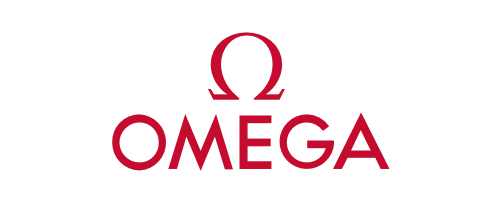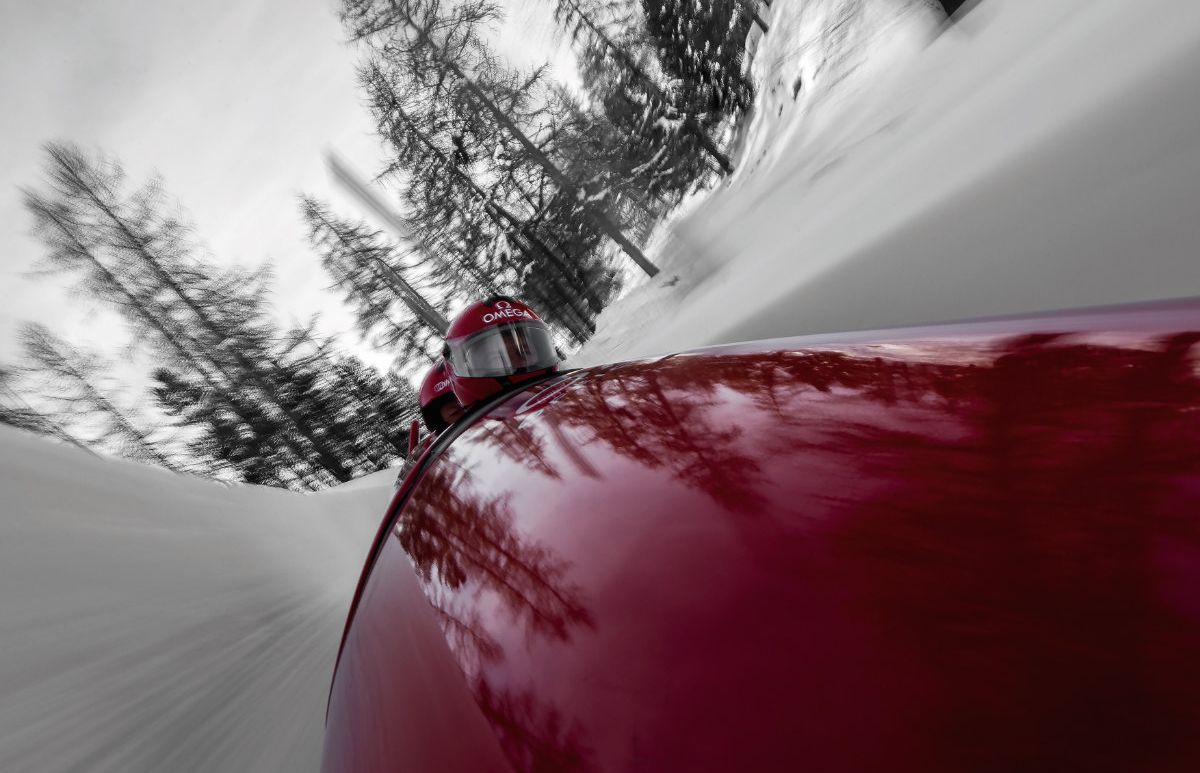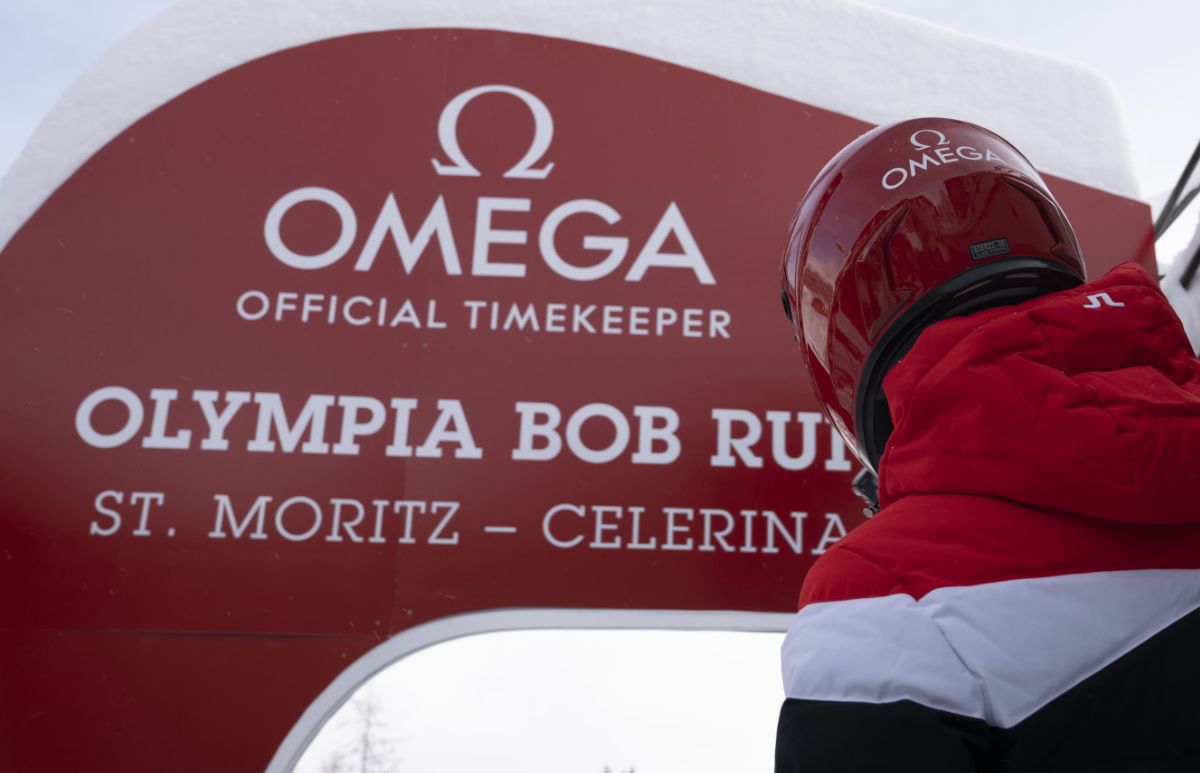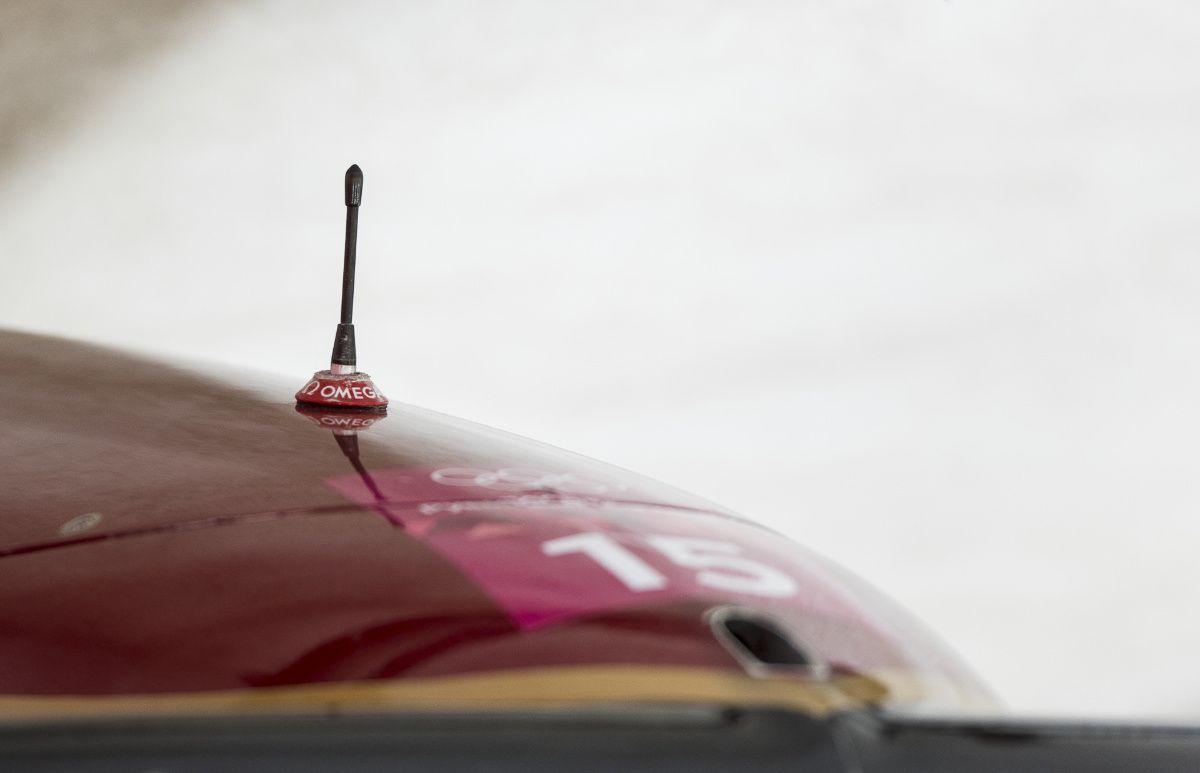Omega Brand
OMEGA Bobsleigh
Luxferity, 03.02.2023
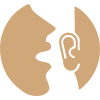
Bobsleigh’s Beginnings
This year, OMEGA has proudly extended its partnership with the IBSF, with a fresh renewal that will carry through to the 2026 / 2027 season. With plenty of action ahead, it’s always good to look back and remind ourselves of bobsleigh’s beginnings…
When the world’s first bobsleigh club opened in St. Moritz in 1897, standard wooden toboggans with rudimentary steering mechanisms were the only sleds on offer. Since then, the sport has gone
rapidly downhill – in a good way. The name bobsleigh was coined with the arrival of steel sleds, in which the crews used to “bob” back and forth to increase their speed on the straight sections.
The first four-man bobsleigh race was held at the first-ever Olympic Winter Games in Chamonix in 1924. Just eight years later, the first two-man race was held at the Olympic Winter Games in Lake
Placid. Early bobsleigh racers were recruited from other sports such as athletics, which cultivated the strength and speed essential for a good start in a bobsleigh race. However, as the sport gained popularity, rules were introduced to limit the weight of the crew and sled, which led to the lean, strong competitors and sleek fibreglass sleds we’re familiar with today.
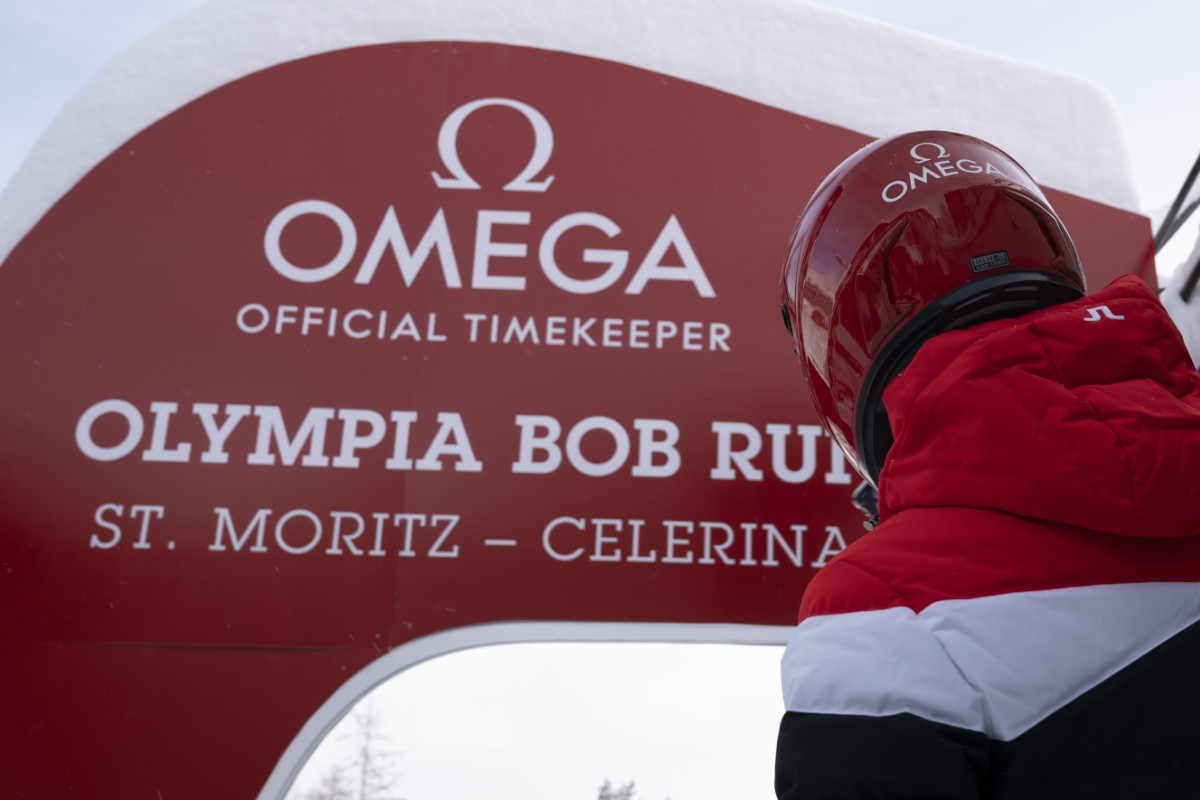
OMEGA’s Role
Thanks to OMEGA’s unparalleled reputation in sports timekeeping, reliable precision is guaranteed in bobsleigh. The object of the sport is simple enough, but to make it to the finish line without incident takes skill, a fiercely competitive spirit and courage. Crews of 2 or 4 push-off from a standing start; jump in, and attempt to head downhill in the fastest possible time. Teams can’t afford to waste even a fraction of a second. In bobsleigh, a 1/10th of a second advantage at the start can translate into a 3/10th of a second advantage by the finish line. Accurate timekeeping is vital, not just when racing, but during practice sessions. With no less than six intermediate times along the route to monitor their progress, teams can determine where along the course they need to improve their line.
The Magic Of Monobob
Since its arrival in 2011, Monobob has been a passion for OMEGA. The brand has helped to pioneer and grow the sport, and proudly welcomed its arrival at the Olympic Winter Games in Beijing 2022.
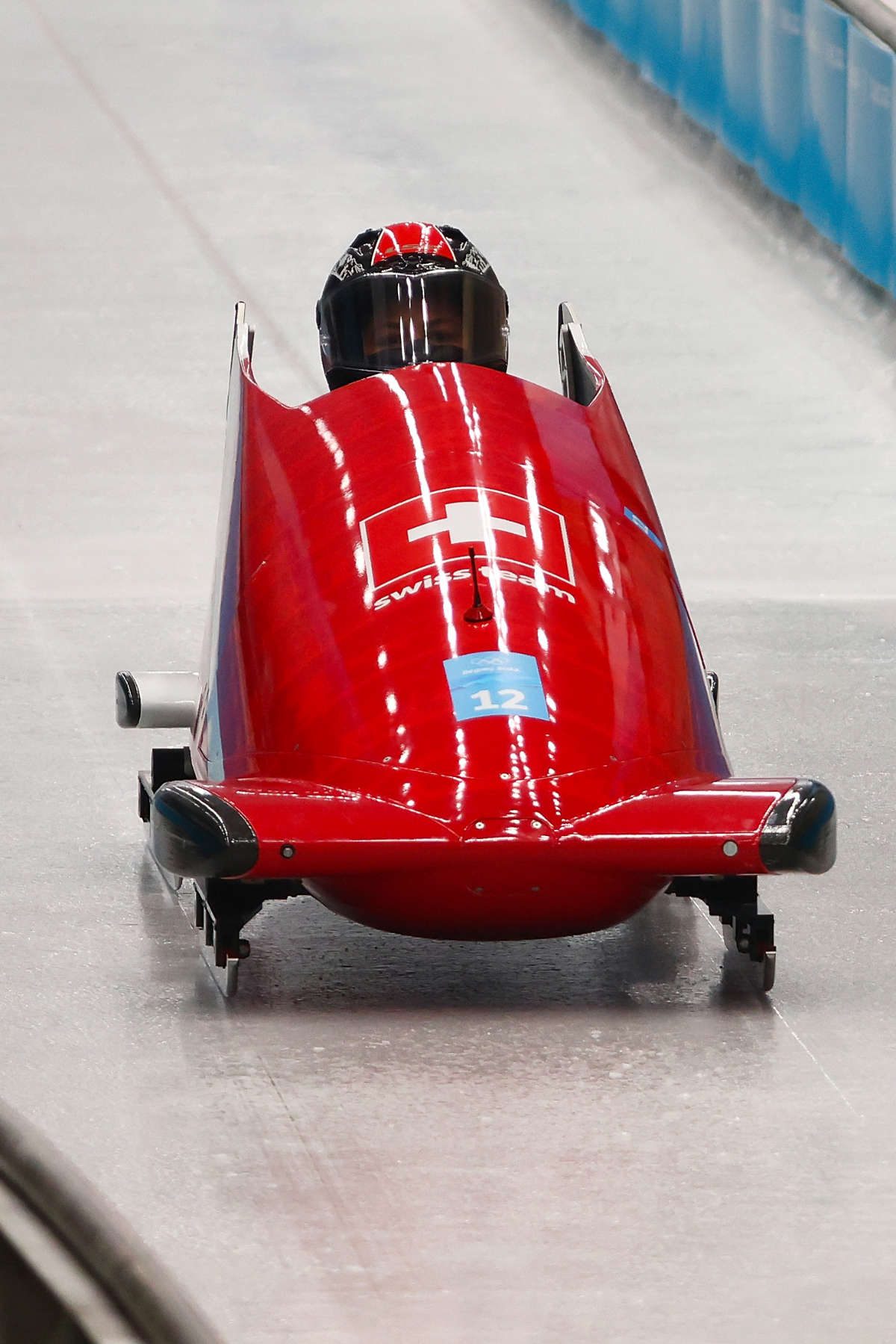
Known as the “Formula One” of winter sports, Monobob offers a dynamic twist on a classic winter event and features sleek one-person bobs, which are pushed, steered and braked by just one athlete. For this reason, the skill of the pilot makes all the difference.
At 2.30 metres in length, the monobob is also quite light, weighing only around 130 kilograms, and can therefore reach speeds of up to 120 km/hour and can exert a gravitational force of three to four Gs.
The sport features a range of OMEGA timekeeping equipment, including some of the same technologies often featured in traditional bobsleigh, including sensors inside each monobob, which can measure various factors such as G forces, angles, trajectory and acceleration.
Bobsleigh Measurement System
OMEGA’s Bobsleigh Measurement System is an exclusive development that allows precise analyses, evaluations and public presentations of important kinetic data captured over the entire duration of a bobsleigh run.
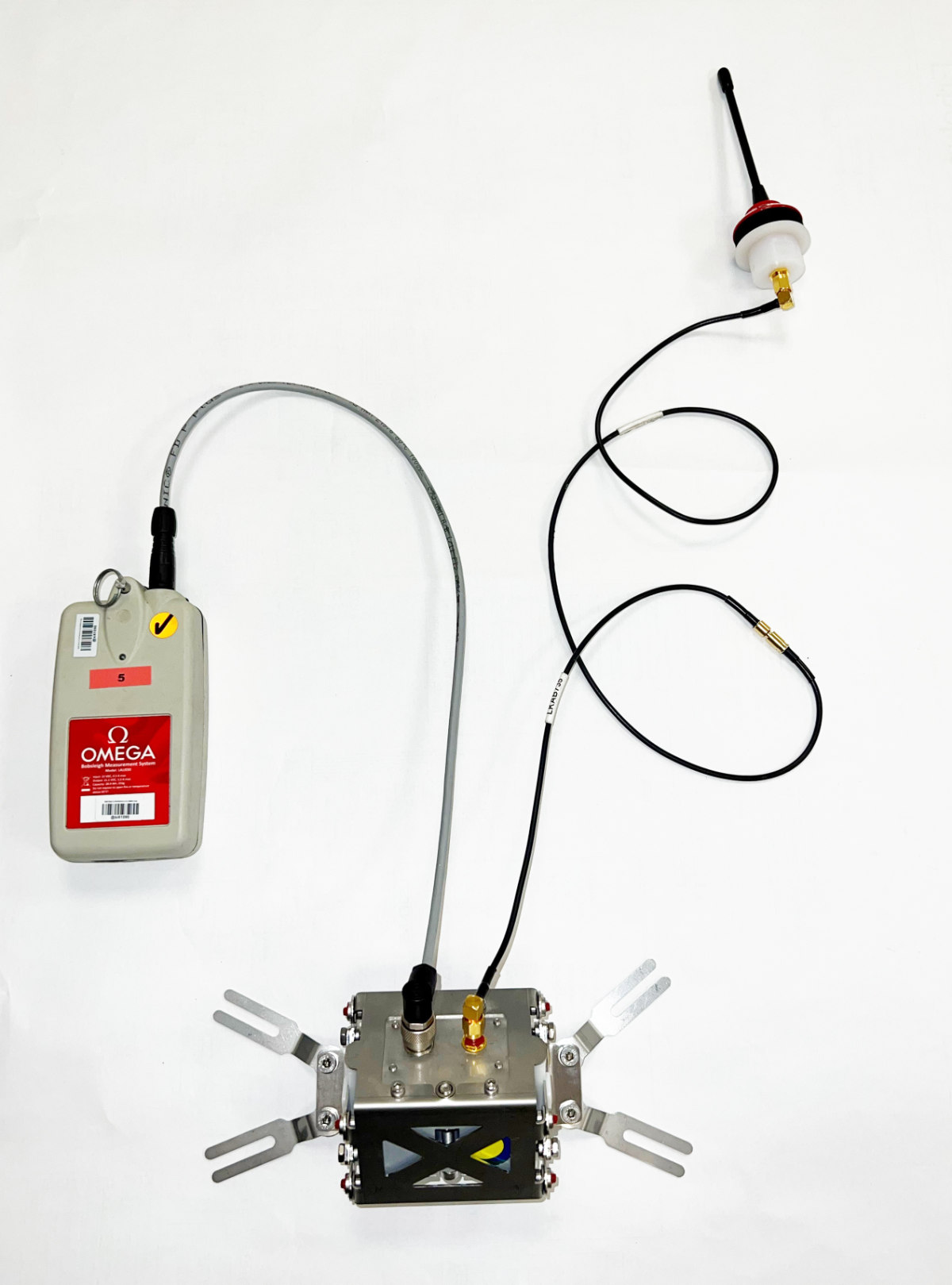
Working Principle
The OMEGA Bobsleigh Measurement System features a complex array of sensors for capturing motion data such as speed, acceleration and roll angle of the running bob. This real-time information is used for TV graphics and training sessions. The intelligent system is able to recognise the start and finish of a ride, and switches into power-saving mode when the bob is not on the track.
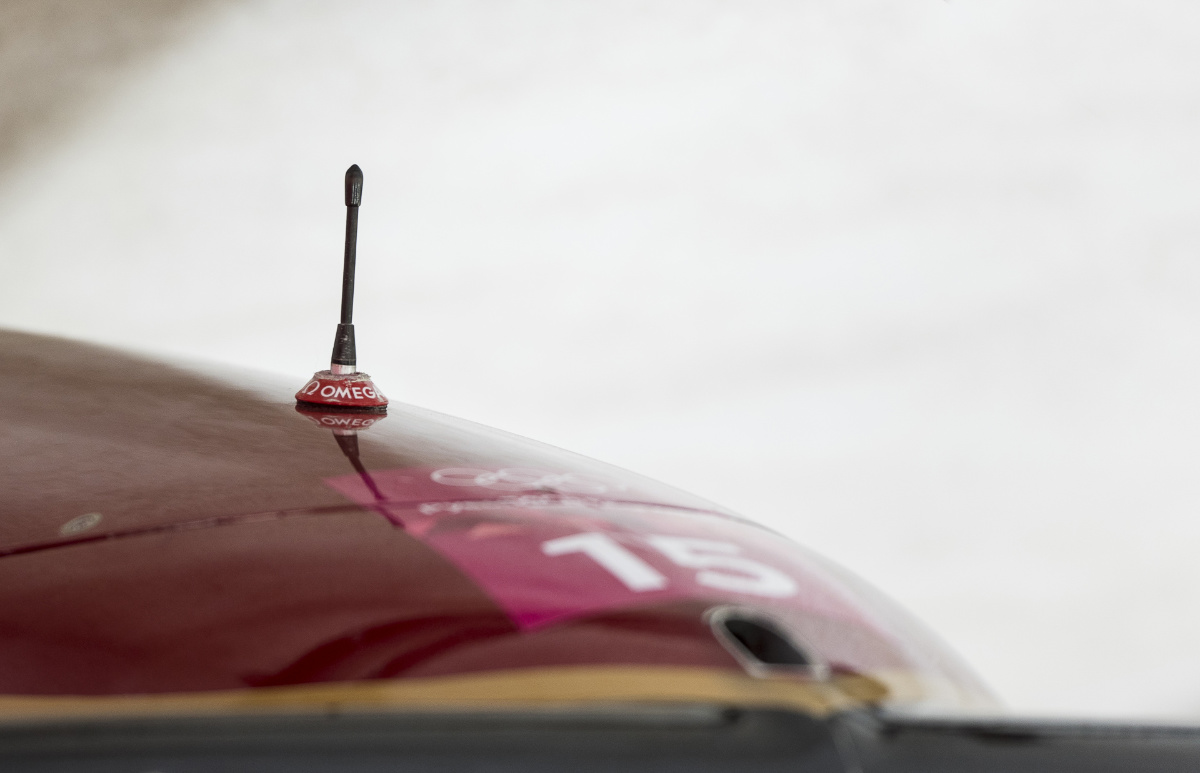
System Features
A combined radar sensor and 3D inertial sensor unit, linked to tailored software application, OMEGA’s Bobsleigh Measurement System can simultaneously capture all essential ride parameters suitable for even the most complex analyses and comparisons by teams and coaches. A typical data set includes the following parameters:
Speed And Distance
Continuously captured by the radar sensor at a rate of 10 measurements per second, speed can be measured at any point along the course, including the sharp, steep turns.
Acceleration Forces
The 3D inertial sensor captures accelerations on all axes, allowing complex analyses of driving lines or reaction times.
Distance Comparison
The distance covered by a bob can also be measured by tracking its speed along a specific section of track. During a competition, each team speeds down the same section of track several
times in a row, making it possible to measure the distance driven by each sled at this particular stage of the downhill journey. This information can then be used to compare the “driving lines” of different sleds. Vital information when the difference between first and second place can come down to a fraction of a second.
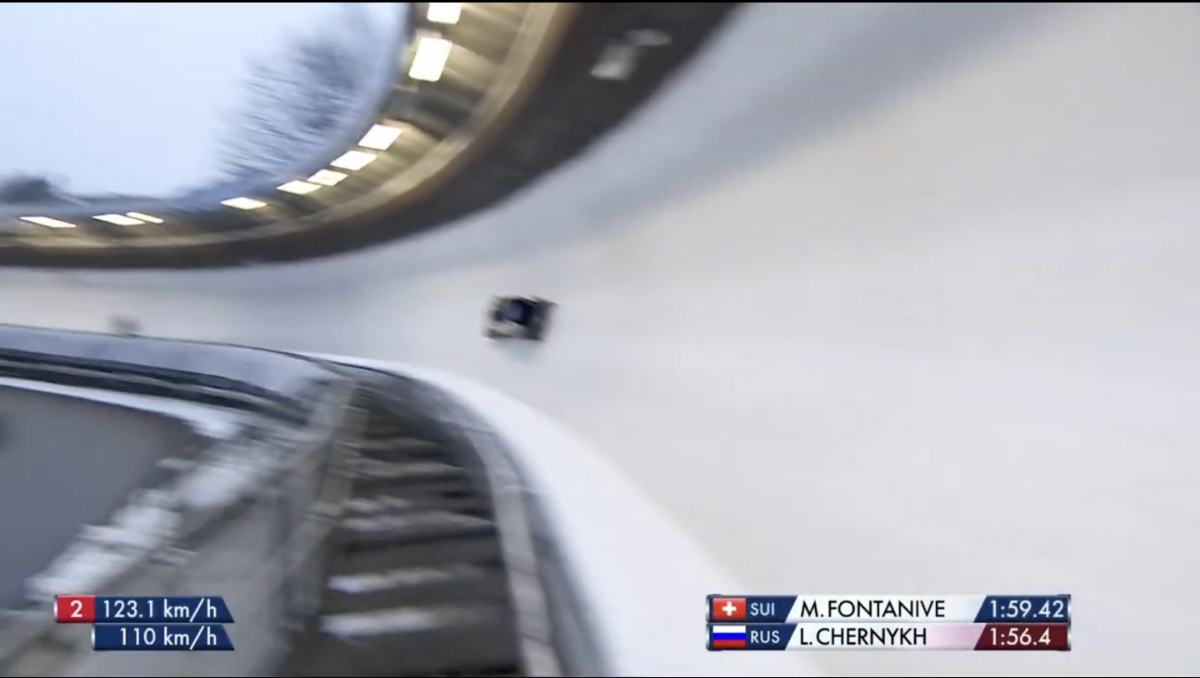

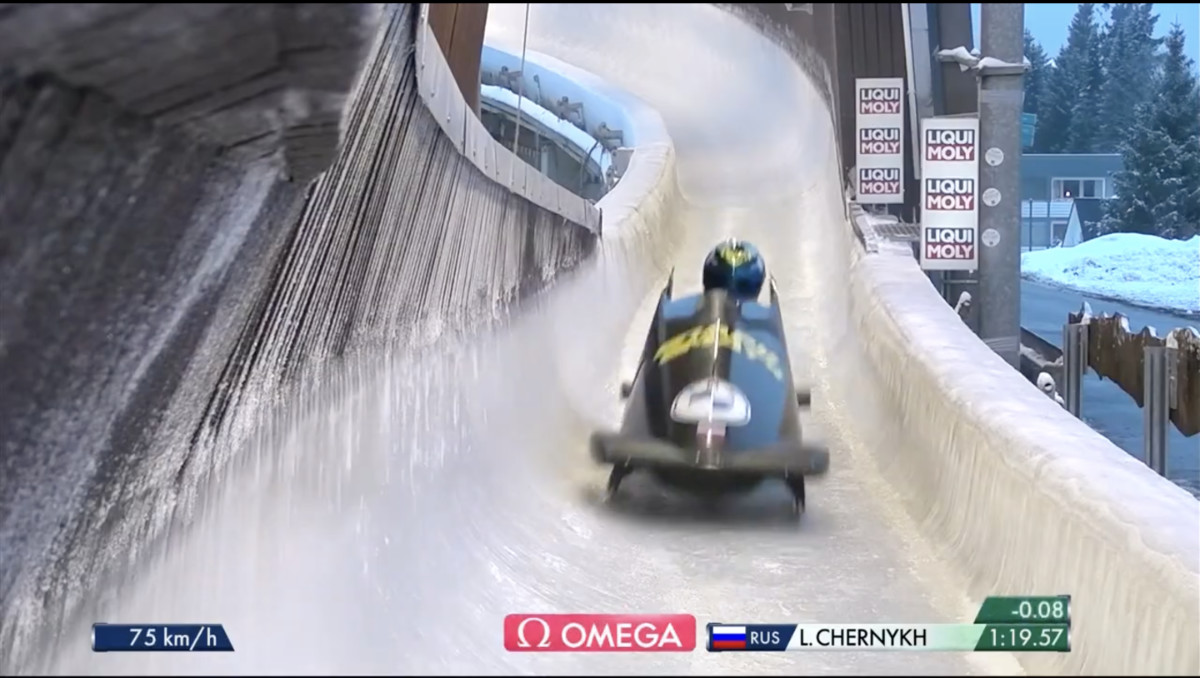

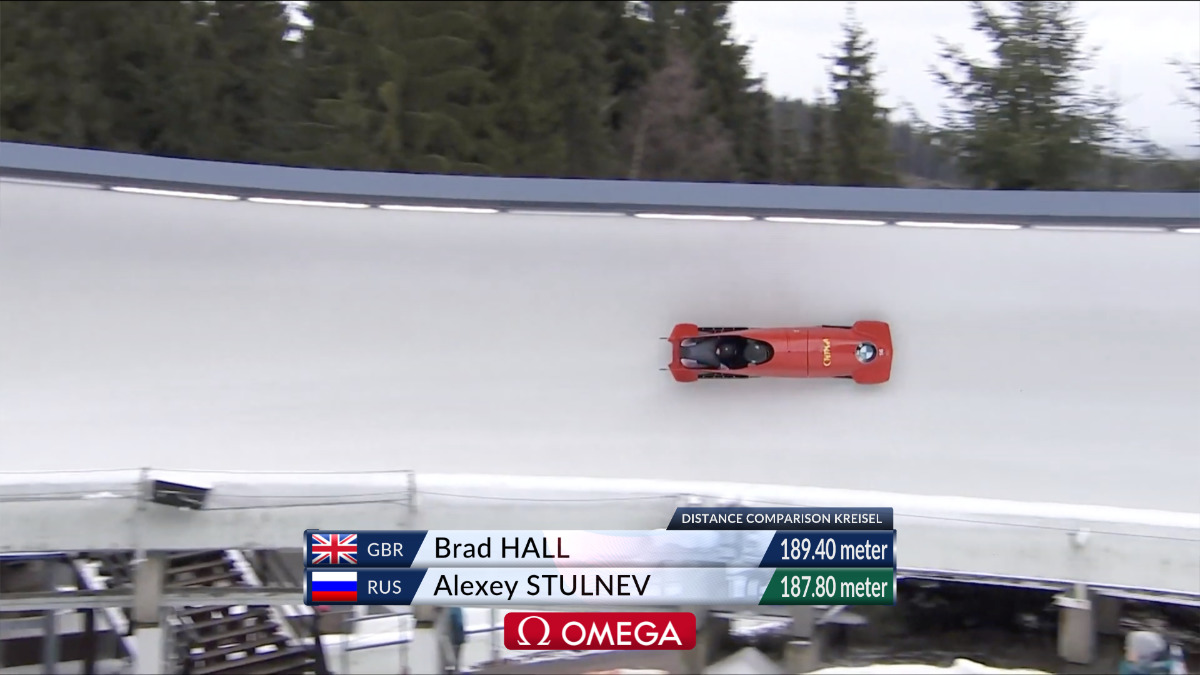
Born To Measure
The Speedmaster Chronoscope
With so many measurements being captured in bobsleigh, it seems perfect that OMEGA should celebrate the sport with the Speedmaster Chronoscope. This watch combines a range of timing functions, including the three “snail” scales that appear on the silvery dial – a tachymeter scale, a pulsometer scale, and a telemeter scale. There’s also a small-seconds counter at 9H and a 60-minute and 12-hour recorder at 3H.
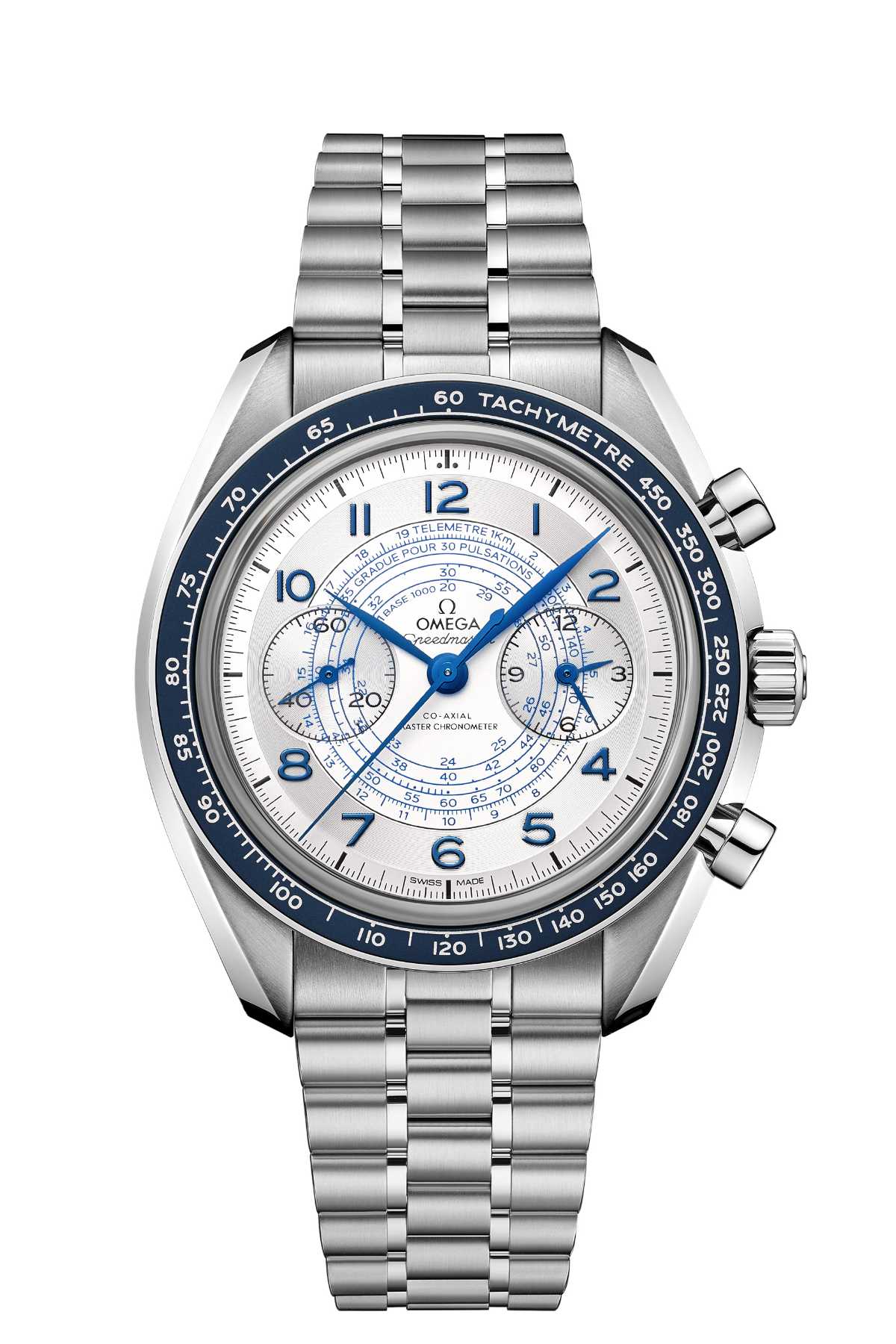
Overall, the design takes inspiration from OMEGA’s chronograph wristwatches from the 1940s, bringing a classic edge to the look. The 43 mm case is made in stainless steel and features a matching linked bracelet. For a cool winter colourway, the anodized aluminium bezel, the leaf-shaped hands, and the Arabic numerals are all in blue.
Of course, OMEGA’s legendary precision is also at the heart of this timepiece. With a Co-Axial Master Chronometer calibre inside, you’re assured the Swiss industry’s highest standard of certified performance.


